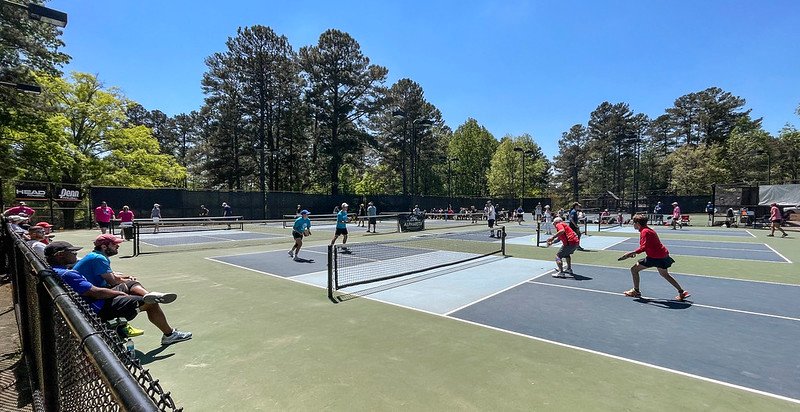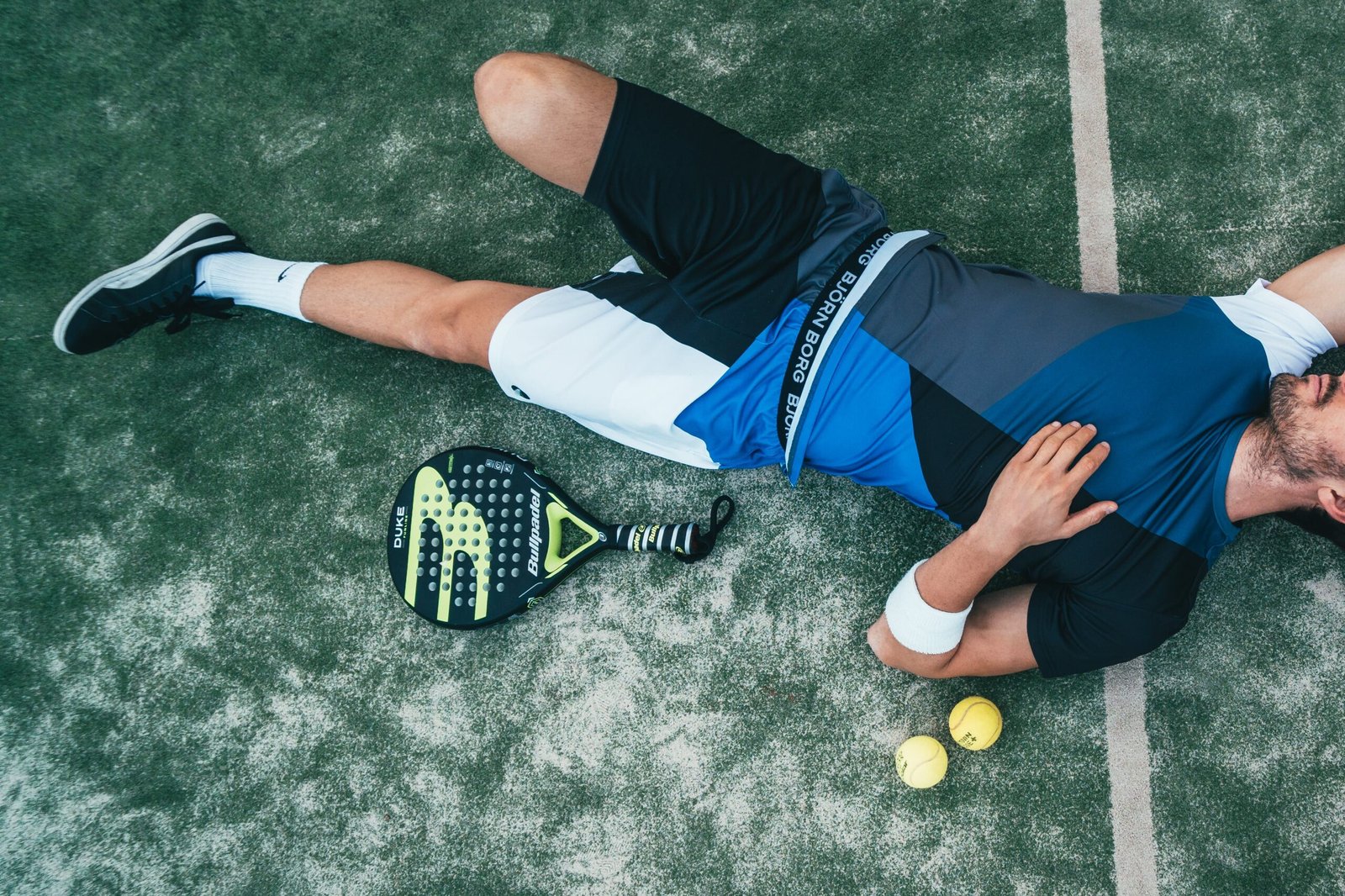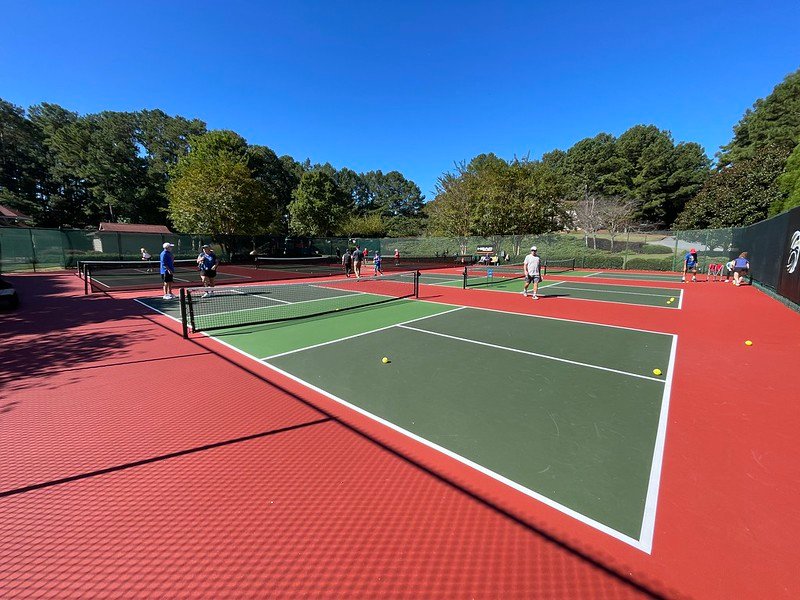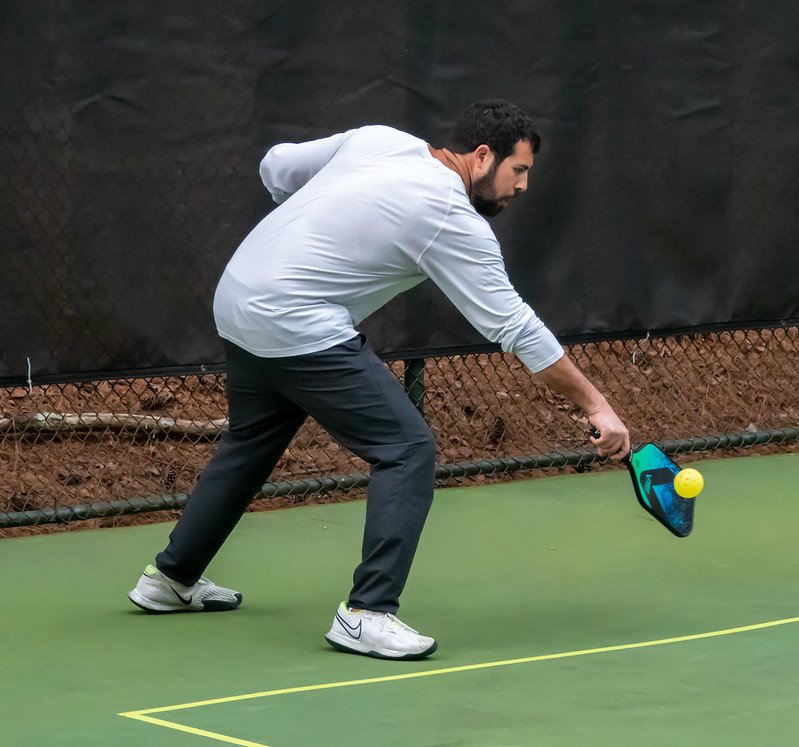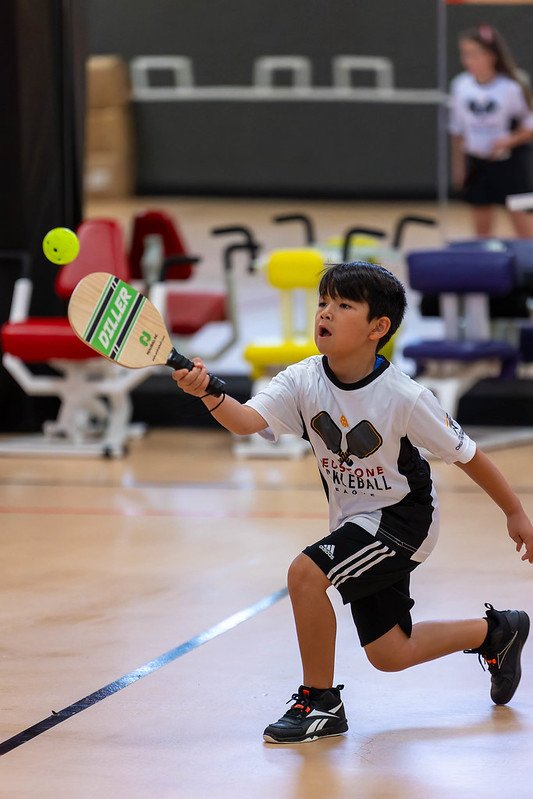Welcome to our comprehensive guide on pickleball court size and dimensions. Whether you’re a seasoned player or just getting started with pickleball, understanding the court’s measurements is crucial for a successful game. In this article, we’ll delve into the specific dimensions of a pickleball court, providing you with valuable tips on how to play pickleball effectively. Whether you’re looking to improve your skills or simply curious about the game, read on to discover everything you need to know about pickleball court dimensions.
Table of Contents
What is the dimension of a pickleball court?

The dimensions of a pickleball court typically conform to a standard size of 20 feet in width by 44 feet in length. However, according to the guidelines set by USA Pickleball, the minimum playing surface should measure 30 feet in width by 60 feet in length, providing additional space around all sides of the court for optimal gameplay.
What is the width of the lines on a pickleball court?
A pickleball court spans a width of 20 feet and extends 44 feet in depth from the back of each baseline, demarcated by 2-inch-wide lines.
Additionally, there is a no-volley zone, also known as the kitchen, which is situated 7 feet from the center of the net, contributing to the unique dynamics of the game.
Can you play pickleball on a badminton court?
When it comes to pickleball courts, they offer the flexibility of either being purposefully constructed for the sport or adaptively transformed from existing tennis or badminton courts.
Is the court of tennis and pickleball the same?
No, a pickleball court is not the same as a tennis court. A pickleball court is indeed smaller than a standard tennis court. While a pickleball court is about the size of a doubles badminton court, measuring 20 feet in width and 44 feet in length, a standard tennis court is larger, typically measuring 27 feet in width for singles and 36 feet in width for doubles, with a length of 78 feet. The differences in size and court layout contribute to the distinct characteristics and gameplay of each sport.
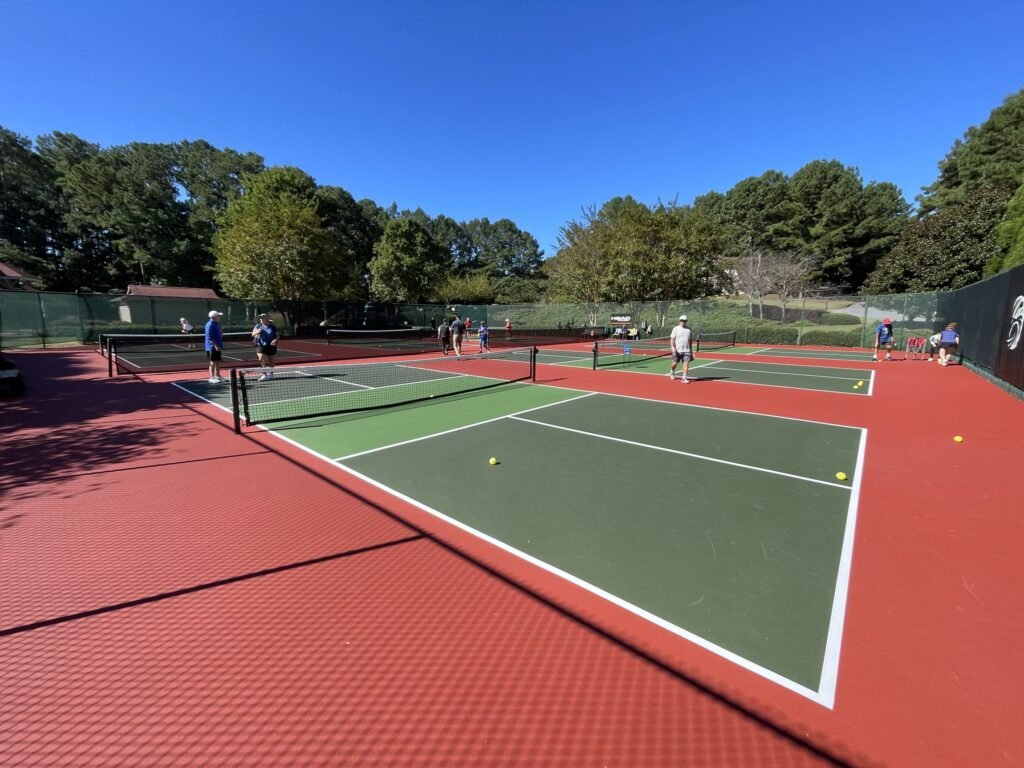
How To Build A Pickleball Court
When contemplating the creation of an outdoor pickleball court, the prospect of embarking on a do-it-yourself (DIY) endeavor might seem enticing. However, it is often advisable to entrust this project to experienced professionals if you seek optimal results. As we delve into the various factors to consider when constructing a new court, you’ll come to appreciate that crafting your pickleball court demands a significant investment of time and effort.
Here are the factors to keep in mind as you think about building your new outdoor pickleball court.
Pickleball Court Dimensions
Unlocking the full potential of your pickleball game hinges on having a court tailored to the right pickleball court dimensions. While some may assume these dimensions mirror those of tennis courts, in reality, pickleball courts are more compact. Nevertheless, ample space remains a crucial requirement.
An officially sanctioned pickleball court by the USA Pickleball Association boasts the following dimensions:
- Pickleball Court Dimensions: Measuring 20 by 44 feet, accommodating both singles and doubles play.
- Pickleball Net Height: The net gracefully stands at 36 inches along the sidelines and slightly lower, at 34 inches, in the center.
- Pickleball Playing Area: Standard court dimensions span 30 by 60 feet. However, for a premium tournament experience or the creation of a standalone pickleball court, a dimension of 34 by 64 feet is the preferred choice.
These dimensions serve as the bedrock for a singular pickleball court. If you’re contemplating the construction of multiple courts, a larger expanse becomes a necessity. As an example, planning four pickleball courts at a recreational facility would require a spatial allocation akin to that of a standard tennis court.
Should the envisioned space for your pickleball court not seamlessly accommodate these stipulated dimensions, it would be prudent to explore alternative locations with a more expansive layout to ensure a stellar pickleball experience.
Pickleball Court Layout
When considering the construction of pickleball courts, it’s important to delve into the specifics of the pickleball court layout. Various lines define the court’s structure:
- Baselines: These lines run parallel to the net and mark the ends of the court.
- Sidelines: Extending the length of the court, these lines define the court’s boundaries.
- Non-volley zone (NVZ): The NVZ is an essential area on either side of the net, enclosed by a line parallel to the net and situated 7 feet from the net, with two sidelines framing it.
- Centerline: Running from the baselines to the NVZ, the centerline bisects the court, dividing it into two equal halves.
- Service Area: Positioned beyond the NVZ on either side of the centerline, the service area is where serving takes place.
Understanding these lines and their placement is crucial to a proper pickleball court layout. Once you’ve determined the available space for your outdoor pickleball court, the next step involves considering the type of pickleball court surface you’ll be playing on.

Pickleball court surfaces
When it comes to pickleball court surfaces, you have several options to consider, each with its unique characteristics and suitability:
Concrete
Concrete stands out as one of the most popular choices for outdoor pickleball courts. Its appeal lies in its affordability and durability. Once the concrete surface is meticulously laid out, the key requirement is proper grading for efficient drainage, followed by the application of court markings for play.
Asphalt
Another cost-effective alternative for outdoor courts is asphalt. This choice is desirable if the land quality is favorable. In such cases, the process involves applying a concrete layer followed by a top layer of asphalt. Asphalt courts may require a bit more ongoing maintenance compared to concrete, but they remain a practical option.
Plastic Tiles
For those seeking a different approach, plastic tiles offer an alternative surface solution. While these tiles come with their unique advantages, including reduced maintenance demands, it’s essential to recognize that they tend to be more expensive in comparison to asphalt or concrete surfaces.
Selecting the ideal pickleball court surface depends on factors like budget, location, and long-term maintenance considerations. Making the right choice ensures not only a smooth playing experience but also a surface that endures the rigors of pickleball gameplay effectively.
How Long Does A Pickleball Court Surface Last?
The lifespan of a pickleball court surface is influenced by a variety of factors, including weather conditions and frequency of use. Typically, outdoor pickleball courts require maintenance and attention at approximately five-year intervals. This is the point at which pickleball court resurfacing becomes a consideration.
Resurfacing is a critical step to ensure the safety and functionality of the court. It helps prevent issues like slipping or falling on the court surface. However, if the pickleball court experiences heavy and frequent use, the need for resurfacing may arise sooner than the standard five-year mark. Regular maintenance and timely resurfacing ensure that the court remains in optimal condition for players, allowing them to enjoy the game without concerns about the court’s integrity.
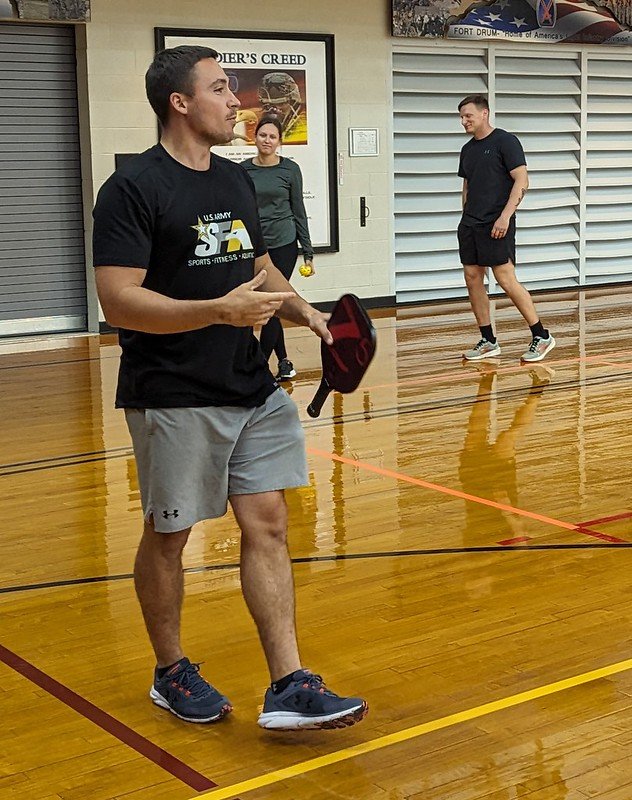
Pickleball Court Colors
After finalizing the pickleball court dimensions and selecting the appropriate court surface, the next consideration is the choice of court color coatings. Pickleball court colors not only enhance the aesthetics but also play a crucial role in court functionality and safety. Here are some key aspects to consider:
Color Standards
The USA Pickleball Association (USAPA) provides guidelines for court color selection. While color preferences may vary, the standard color scheme for outdoor courts includes green playing lines, which are often in contrast to the surrounding court surface. This high-contrast design helps players quickly identify boundaries during the game.
Non-Volley Zone
A prominent feature is the distinct coloration of the non-volley zone (NVZ) or “kitchen.” The USAPA suggests using a unique color, such as light blue, for the NVZ. This helps make the boundaries of the NVZ clearly visible and promotes safer play, as players must avoid stepping into this zone during certain portions of the game.
Contrasting Colors
Choosing colors that contrast with the primary court surface is essential for visibility and safety. This contrast ensures that the boundaries and court lines are easily discernible to players.
Customization
Some organizations or facilities may opt for custom color schemes, allowing for a unique and branded appearance while adhering to basic visibility and safety guidelines.
Selecting the right pickleball court colors is not only about aesthetics but also about creating a playing environment that is enjoyable, functional, and safe for participants. Adhering to established color standards helps maintain a consistent and recognizable look across different courts, ensuring a quality playing experience.
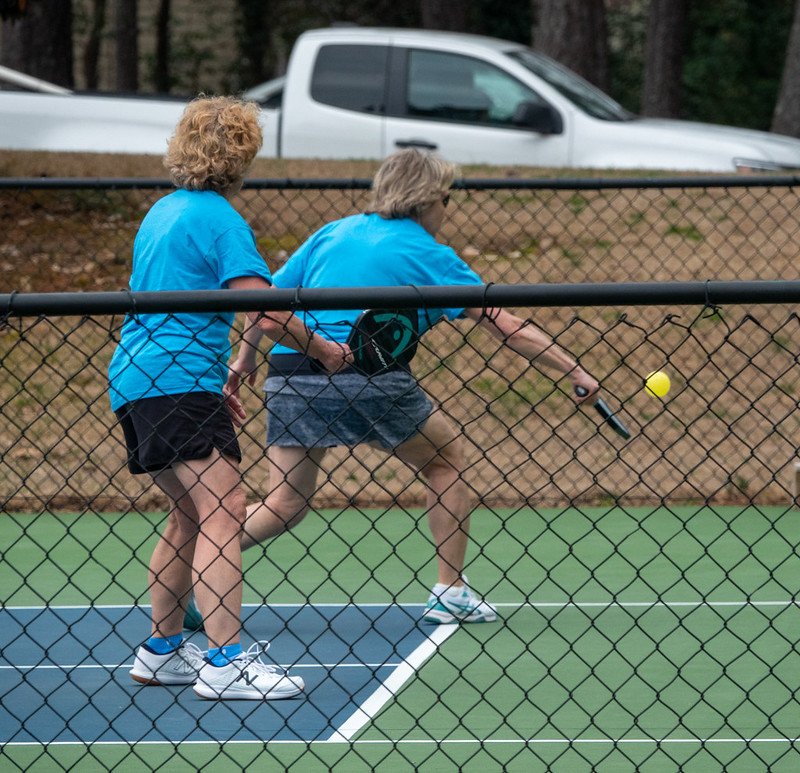
Pickleball Court Net Systems
When evaluating pickleball court net systems, you’ll encounter two primary options: portable net systems and permanent net posts. Each option has its advantages and disadvantages, and the choice depends on your specific preferences and needs.
Portable Net Systems
Pros
- Flexibility: Portable net systems are not fixed in place, offering the flexibility to set up your pickleball court wherever you choose. This is ideal for those who seek a casual, mobile setup for recreational play and social gatherings.
Cons
- Assembly/Disassembly: Portable net systems require setup and takedown each time you play, which can be somewhat tedious, especially if you plan to use the court frequently.
- Durability: These systems are not designed for long-term exposure to the elements, so they may need to be taken down and stored when not in use.
Permanent Net Posts
Pros
- Professional Appearance: Permanent net posts provide a more official and professional look to your pickleball court.
- Durability: They are designed for long-term use and can withstand various weather conditions.
- Convenience: Once installed, there’s no need to set up or take down the net posts regularly, which is convenient for dedicated pickleball courts.
Cons
- Installation: Installing permanent net posts can be more complex and may require professional installation. It also involves an upfront cost.
- Lack of Mobility: These net posts are fixed in place, limiting the court’s location.
When choosing between portable and permanent net systems, consider your playing preferences, the frequency of use, and budget constraints. Portable systems are more suitable for casual, social play and locations where the court isn’t used year-round. Permanent net posts are better for dedicated courts and those seeking a professional, long-term solution. Additionally, for permanent posts, ensure they are made from weather-resistant materials, especially if they are set in asphalt or concrete, to ensure their longevity.
Pickleball Fencing and Lighting
In the comprehensive planning of your pickleball court construction, the inclusion of fencing and lighting plays a pivotal role in ensuring a safe and functional playing environment.
Pickleball Court Fencing
Fencing is a significant consideration for your pickleball court, particularly in the following scenarios:
- Multi-Court Complex: If you’re building a multi-court complex, fencing becomes essential to separate individual courts and provide a clear boundary for each court.
- Ball Control and Safety: Fencing is crucial when playing in areas where errant balls may end up in potentially dangerous spots, such as neighboring properties or busy areas. It prevents the balls from causing harm or inconvenience.
- Flight Path Control: When you cannot control the flight path of the balls due to the court’s location, fencing is crucial to keep the game contained within the court boundaries.
- Security and Spectator Safety: Fencing enhances the security of the court and ensures the safety of spectators by preventing unauthorized access to the playing area.
When selecting fencing for your outdoor pickleball court, it’s essential to match the dimensions of the court perimeter, and the fence’s height should typically range from four to 10 feet, depending on your specific needs and preferences.
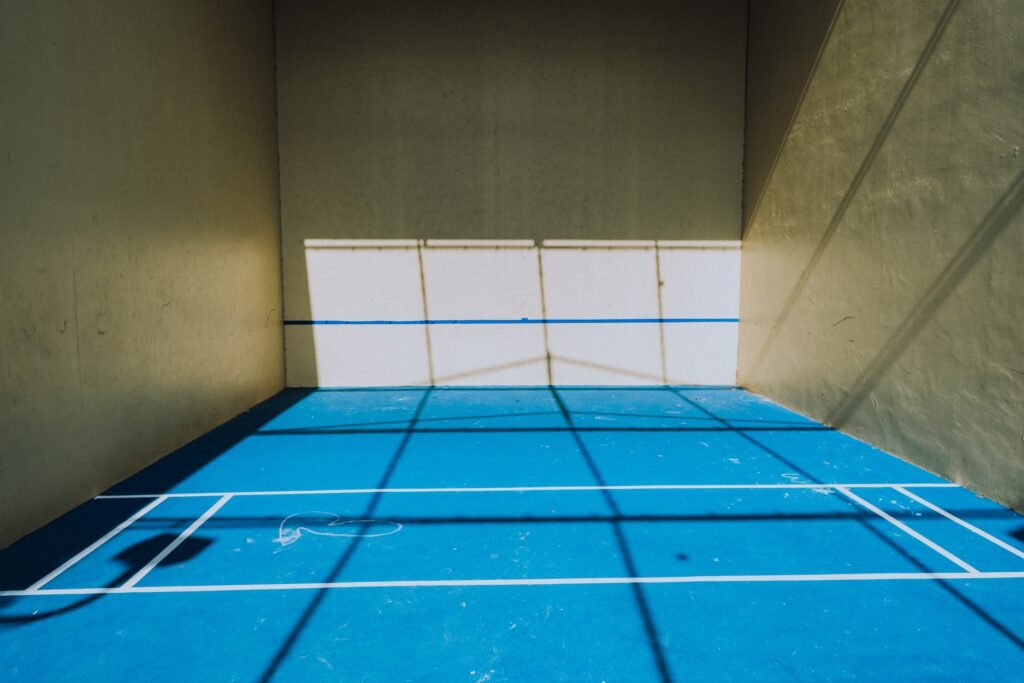
Pickleball Court Lighting
While not an absolute necessity, lighting can add convenience and versatility to your pickleball court. It enables you to play the game during the evening and in low-light conditions. When considering lighting, keep the following points in mind:
- Night Play: If playing pickleball at night is important to you, incorporating light poles into your court construction is a practical choice.
- Versatility: Lighting extends the usability of the court, allowing for evening games and making the facility more versatile.
- Quality Lighting: Ensure that the lighting system is of high quality, providing even and consistent illumination across the court to maintain fairness in play.
Both fencing and lighting are important elements that contribute to the overall functionality, safety, and enjoyment of your pickleball court. Their inclusion should align with your specific needs and preferences, making the court a well-rounded and accommodating space for players and spectators.
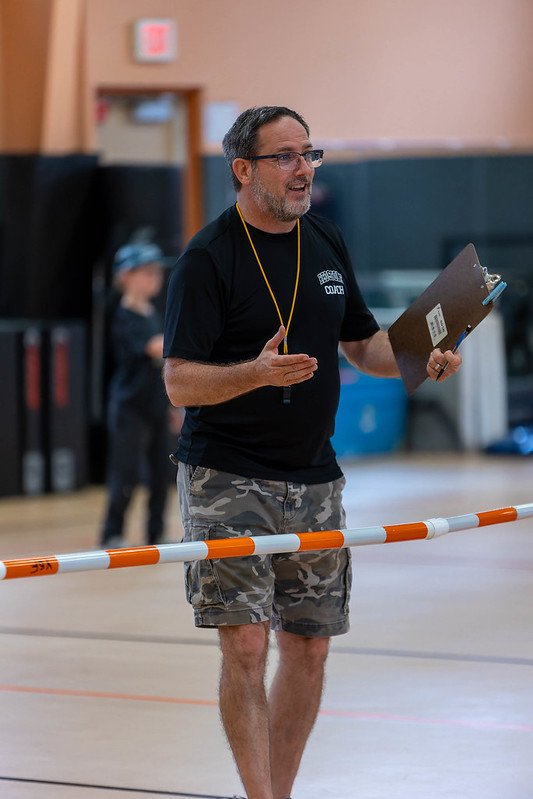
How Much Does It Cost To Build A Pickleball Court?
The cost of constructing a pickleball court is influenced by a range of factors, and it can vary significantly. Here are the key considerations that impact the overall cost:
- Type of Base: The choice of base material, such as gravel, asphalt, or concrete, affects the cost. Concrete and asphalt are popular choices for cost-effectiveness and durability.
- Playing Surface: The playing surface material, including concrete, asphalt, or other options, plays a significant role in cost. Concrete and asphalt are often more affordable than premium alternatives.
- Other Materials: Additional materials, such as fencing, lighting, and court striping, add to the overall cost.
- Net System: The type and quality of the net system you choose impact the cost.
- Labor: Labor costs for site preparation, surface installation, and other construction aspects are a significant part of the total cost.
- Time of Construction: Seasonal variations in construction can affect pricing, as well as the availability of contractors.
- Land Ownership: If you already own the land where the court will be constructed, it can reduce costs significantly.
The cost of a new pickleball court typically ranges between $10,000 and $50,000. The wide range is due to the factors mentioned above. To reduce costs, many people opt for affordable playing surface options like asphalt or concrete while ensuring the court remains functional and meets the necessary standards. Careful consideration of these factors and choices will help you determine the most cost-effective approach to building a pickleball court that suits your needs and budget.
Understanding the dimensions of a pickleball court is a fundamental aspect of playing the game effectively. With this comprehensive guide, you’ve gained valuable insights into the specific measurements, allowing you to step onto the court with confidence. Whether you’re honing your skills, teaching newcomers, or simply enjoying a friendly match, these pickleball tips and insights into how to play pickleball on the right-sized court will enhance your overall experience. Remember that grasping the intricacies of the pickleball court, its dimensions, and the rules is the first step towards becoming a proficient player. So, go ahead, step onto the court, and let your knowledge of pickleball court size elevate your game.

